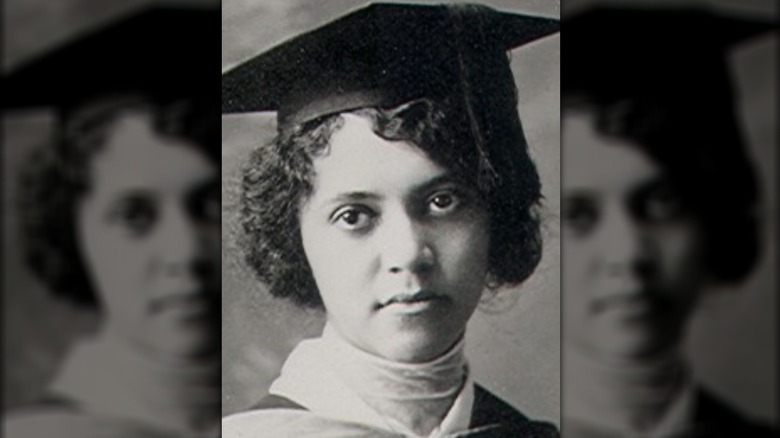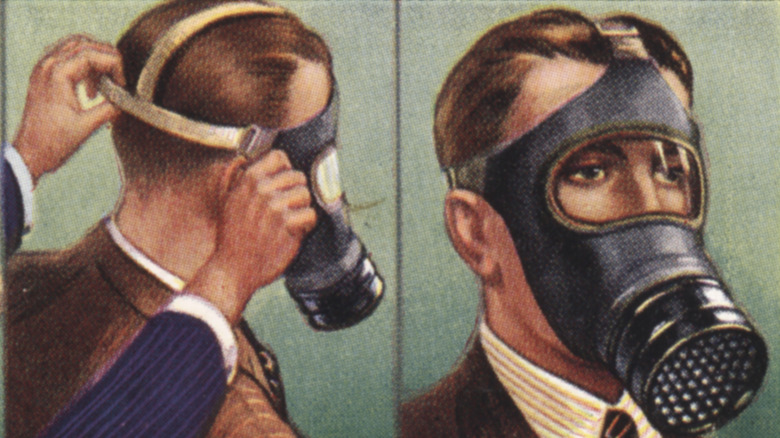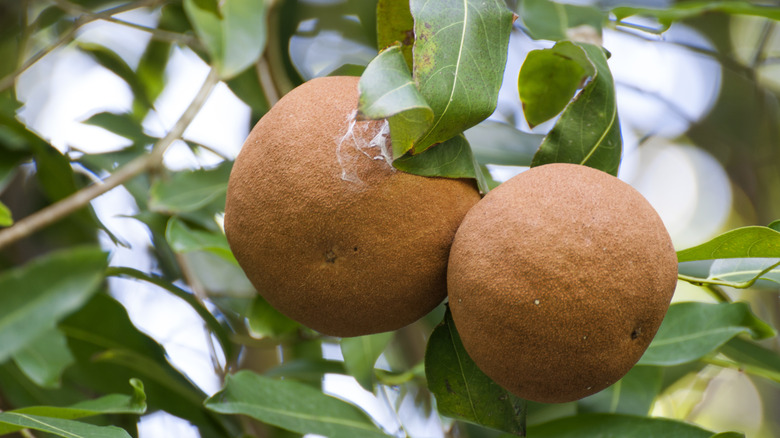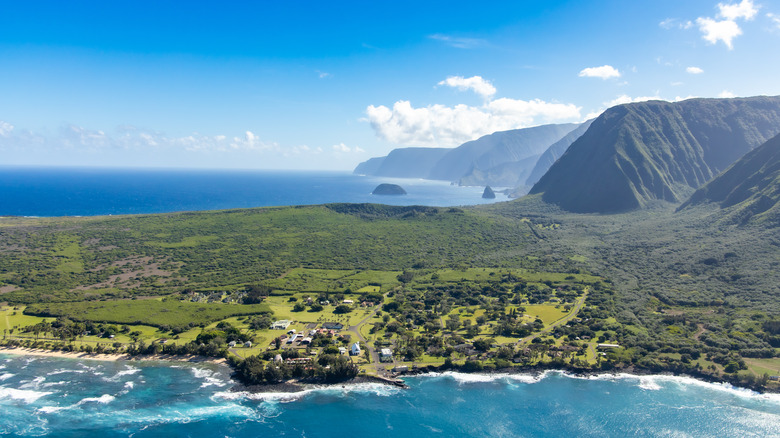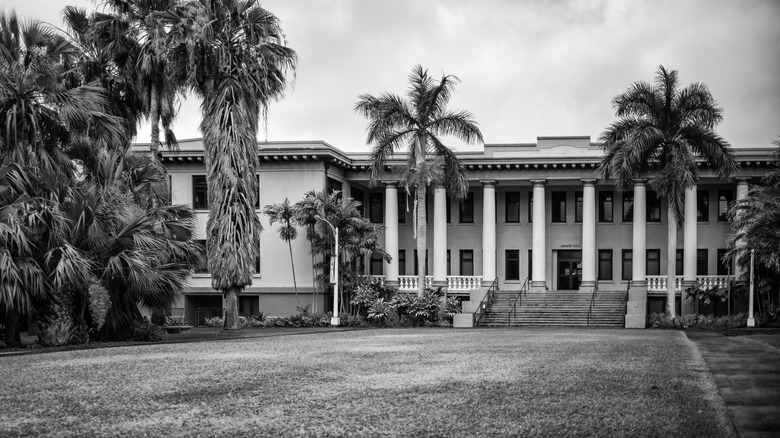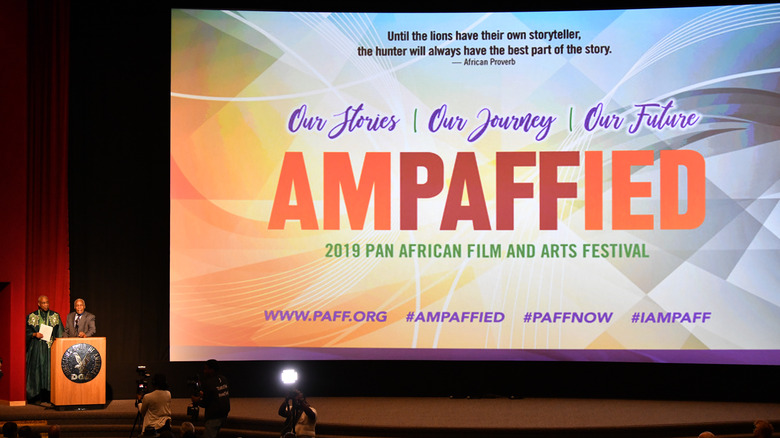The Mysterious Death Of Trailblazing Chemist Alice Ball
Many accomplished women have been relegated to the sidelines of history, overshadowed by men. Chemist Alice Ball is one such woman. In 1915, she became the first woman and the first African American person to earn a master's degree from the University of Hawaii. She also became the first Black female chemistry instructor at the university. At Manoa –- the university's flagship campus –- there's a plaque in her honor and a day celebrating her, but these are 21st-century acknowledgments. For most of the last century, Ball's achievements in chemistry –- developing a treatment for leprosy –- have been unknown (via Smithsonian Magazine).
Ball was born in Seattle in 1892 to a Black father and a white mother. Her father, James Presley Ball, Jr., was editor of the newspaper The Colored Citizen, as well as a photographer and lawyer. Her mother, Laura Ball, was also a photographer, as was her paternal grandfather, James Sr., who according to the African American Registry was one of the first Black Americans to produce daguerreotypes. Her parents' and grandfather's work in photography may have influenced her interest in chemistry, since they used mercury vapors and iodine-sensitized silver plates to make photos. The family moved to Hawaii when Alice was 10 in hopes of improving her grandfather's arthritis, but they didn't stay long, returning to Washington after his death in 1905 (via Smithsonian Magazine).
The mystery surrounding her death
For a scientist, one thing about Ball is surprisingly obscure: her cause of death. While it's recorded on her death certificate as tuberculosis, there's no other evidence that she had the disease, and in fact, the African American Registry states that the certificate was altered to change the cause of death. What is certain is that Ball became sick while conducting research at the University of Hawaii and returned to Seattle for treatment before dying on December 31, 1916, at only 24.
The following year, the Honolulu newspaper Pacific Commercial Advertiser suggested that she had died of chlorine poisoning. The article said that Ball had been exposed to chlorine while teaching at the university. According to this story, she was giving a demonstration on how to use gas masks in case of an attack. Since this was during World War I, it is plausible that this could have happened (via the African American Registry).
Alice Ball's education and research
After Ball's family returned to Seattle in 1905, Ball attended Seattle High School and graduated in 1910. Within four years, she had two bachelor's degrees from the University of Washington: one in pharmaceutical chemistry, earned in 1912, and another in the science of pharmacy, earned in 1914 (via Smithsonian Magazine). While an undergraduate, she co-authored an article in the prestigious Journal of the American Chemical Society with her pharmacy instructor, Williams Dehn. The 10-page article was titled "Benzoylations in Ether Solution" (via the African American Registry).
She graduated with a master's from the University of Hawaii the following year, writing a thesis on the chemical makeup of the kava plant. Doctor and public health officer Harry Hollmann took note of her research and asked her to collaborate with him. He was researching the chaulmoogra plant. It had been used in Asia for generations to treat skin diseases, and Western doctors were trying to use it to treat Hansen's Disease — leprosy — but without success, according to Smithsonian. At only 23, Ball developed a way to extract oil from the plant to use for injections that would be absorbable by the human body.
At the time, leprosy was rampant among the native population of Hawaii. Her treatment method immediately helped: by 1920, a doctor in Hawaii reported to the Journal of the American Medical Association that Kalihi Hospital had been able to discharge 78 patients after they'd been treated with Ball's type of chaulmoogra oil injection (via the African American Registry).
Hawaii's leprosy colony
By the early 1900s, a series of pandemics had killed much of the Native Hawaiian population, according to Smithsonian Magazine. Leprosy was the latest of these diseases which were probably brought to the island by colonizers and missionaries. Whereas in Hawaiian culture sick people were kept at home to be cared for, the government created a separate, quarantined colony for lepers called Kalaupapa. White people with the disease were allowed to travel back to the mainland for treatment, but Native Hawaiians were forced to go to Kalaupapa instead, where they remained for life.
The colony was in a remote, hard-to-access area. It was the largest of its kind in the U.S., with a peak population of around 1,100 residents. The residents initially didn't have all the supplies they needed there, so non-sick family members and missionaries moved in to help them. Together, they established a more thriving community. However, rules for visitors were very restrictive, and the sick weren't allowed to raise their own children (via Smithsonian Magazine).
After Ball's method came into use, from 1919-1923, no one was sent to Kalaupapa. Forced quarantine for those with leprosy ended in 1969, and by 2021, only 10 former patients remained living in Kalaupapa (via Smithsonian Magazine).
The theft of her work
While conducting her research, Ball worked with fellow chemist Arthur L. Dean. After her death, Dean slightly altered her research and presented it as his own, according to Smithsonian Magazine. Ball's method of treatment became known as the "Dean Method" and was used up until the 1940s, when sulfonamide drugs were found to be effective. Dean later became president of the University of Hawaii and had a building there named after him. Ball, on the other hand, was nearly lost to history. Her other collaborator, Hollmann, did give her credit in a 1922 publication, but that, too, was forgotten for many years.
Stanley Ali, a professor at the University of Hawaii, found a reference to her in a 1932 book about missionaries in the leper colony, and though she wasn't mentioned by name, he was able to discover her identity, according to the African American Registry. He and fellow professor Kathryn Takara searched university archives for her research in the 1970s. Later, Ali met Paul Wermager, a former librarian who had been researching Ball since 1988, and together they uncovered more about her life.
Remembering Alice Ball
Since 2000, Ball has been recognized and commemorated in many different ways for her contribution to medicine. February 29, 2000, was designated as Alice Ball Day in Hawaii, and the university placed a plaque about her near the campus's chaulmoogra tree. In 2007, the Board of Regents of the University of Hawaii posthumously awarded Ball the Regents Medal of Distinction (via the University of Hawaii). Students at the university are fighting to have Dean Hall renamed in her honor, and in 2017, Wermager created the Alice Augusta Ball Endowed Scholarship, which is awarded to science students from marginalized groups (via Smithsonian Magazine).
In the past decade, she's been honored outside the university as well. In 2016, she made Hawai'i Magazine's list of most influential women in Hawaiian history. In 2018, the Seattle government named a park after her. Her name made it on a frieze at the London School of Hygiene and Tropical Medicine in 2019 along with other famous female scientists such as Marie Curie. In 2020, she had a satellite named after her and a film made about her, "The Ball Method," which was featured at the Pan African Film Festival (via the African American Registry). It may have taken a century, but Ball's legacy is finally being acknowledged.
